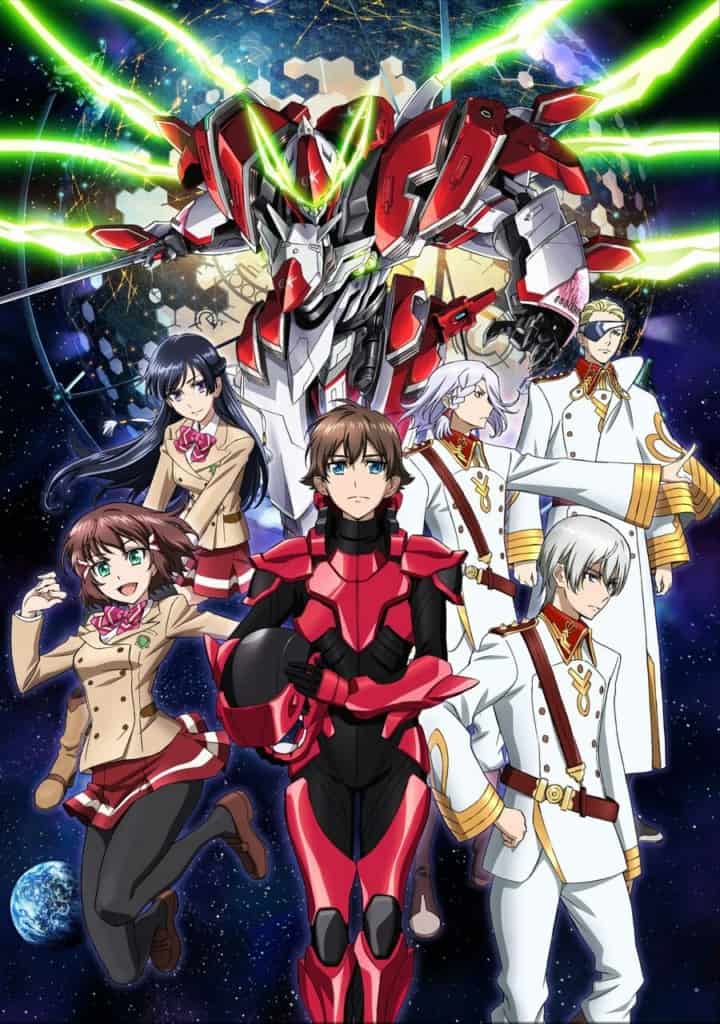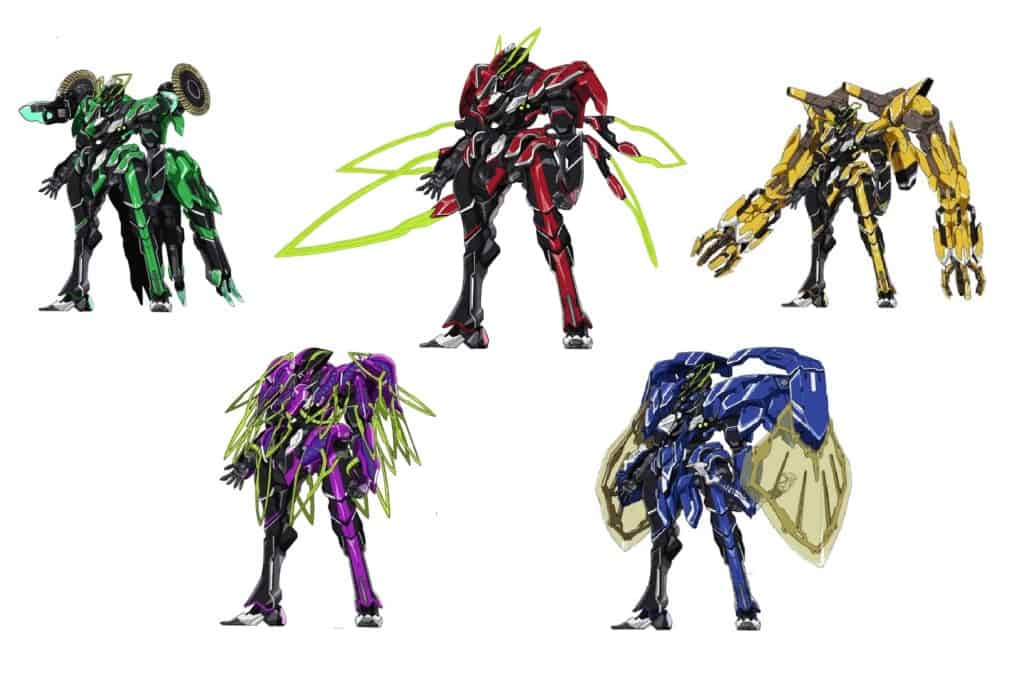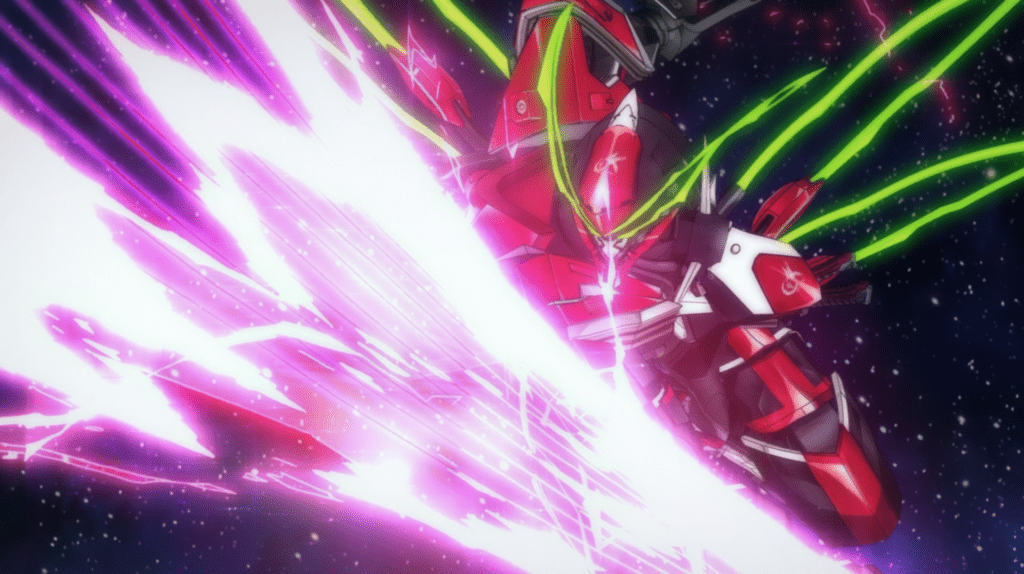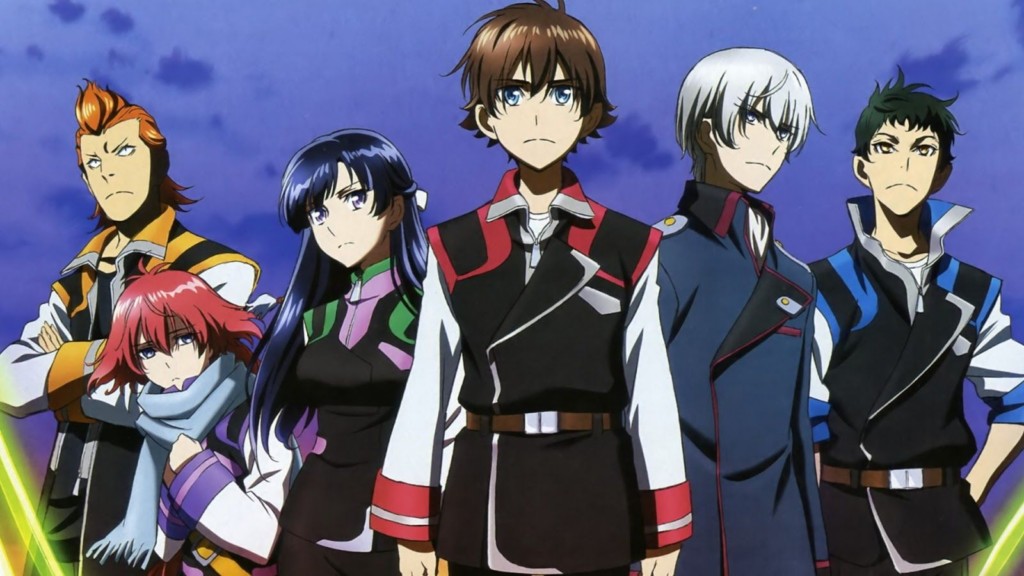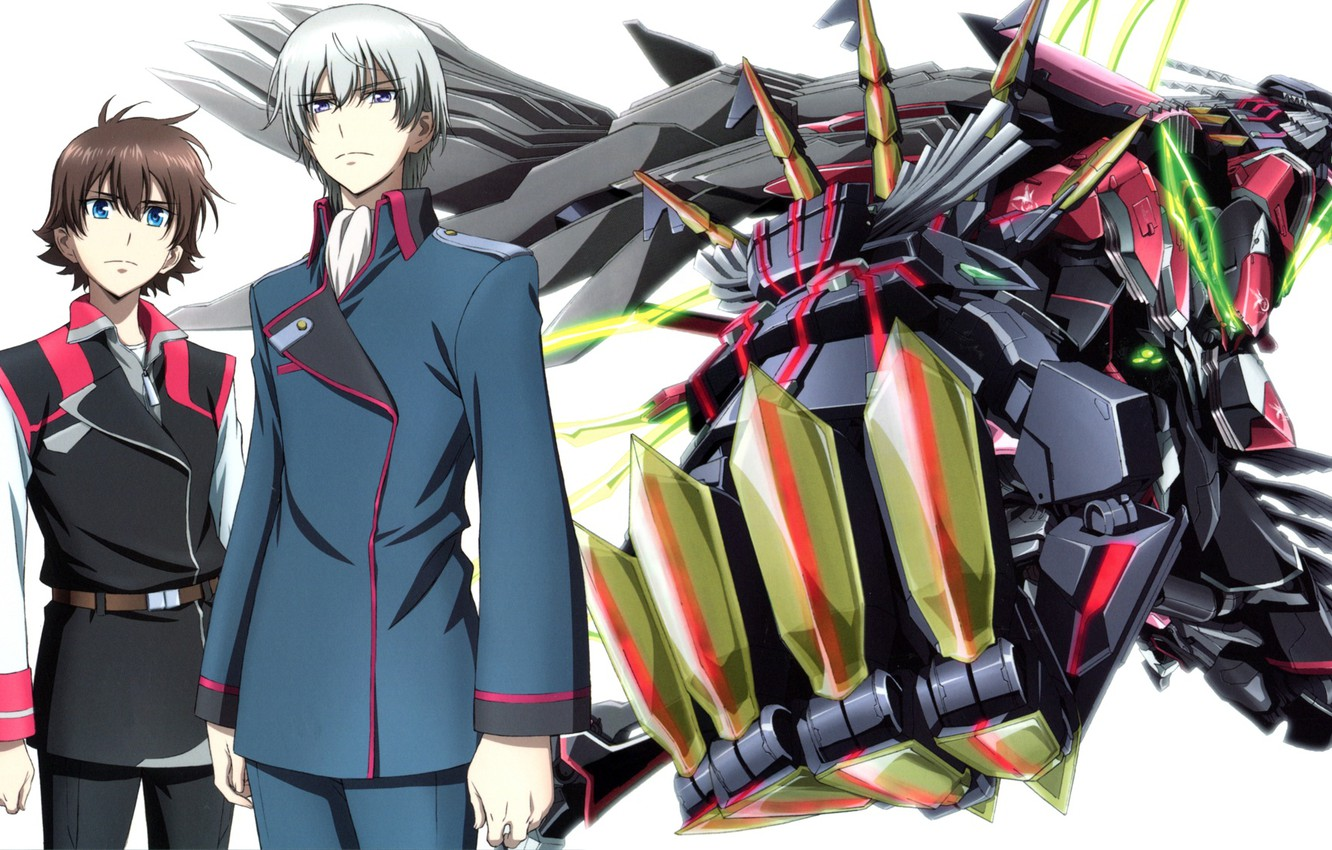
Series Recommendation: Kakumeiki Valvrave
Do you resign as a human being?
We have seen many wars, wars between countries, wars between planets, wars between Earthians and aliens, but there is a type of war that we don’t usually see: a war between a school and a whole country. Produced by Sunrise in 2013, Kakumeiki Valvrave – aka Valvrave the Liberator – portrays a unique conflict between young people forced to stand up for their survival against a systemic military force run by greed and thirst for power.
Even though the world has achieved much technological advancement, human still wage war against each other. Three factions – the Dorssia Military Pact Federation and the Atlantic Ring United States which focus on militarization and JIOR (Japan and Islands of Oceanian Republic) which focus on economic progress – are constantly at odds with each other with JIOR taking a neutral stance. However, things escalate when the Dorssia invaded JIOR, including the school that our protag – Haruto Tokishima – was attending. Haruto – in true mecha MC fashion – discover a top-secret super-advanced mecha called Valvrave. Haruto made a pact with a supernatural force to protect his friends and fight off the invaders.
+ Plot: Valvrave can be said to be a Gundam-equivalent yet not-so-Gundam series. Usually, there is an organized force behind both sides and what usually happen is they send the youngster into battle while they provide the logistic and rear support, however, Valvrave change it up by having the teenage students fend for themselves completely, with very little to no adult support. And that create both a very unique but also…frustrating scenario that perfectly describe “what would happen if we let the kids run everything?”. The struggle of naïve and young minds against a cruel and systemic military is usually a theme for Real Robot series, but Valvrave really let the children hold the reins of their own destiny, which often lead to very stupid decisions but also very realistic.
The characters in Valvrave behave very typical of their age – which is incredibly frustrating at times. Basically rebellious teenagers that never have to think about their livelihood for a day in their lives, suddenly thrown into a vicious battle of survival, no, a full-blown war. They do not know how to organize themselves and how to regroup themselves into a functional organization without guidance. Of course, the series balance this out by introducing L-Elf – a young man with exceptional brilliance in both intelligence and physical prowess. L-elf’s mind and Haruto’s might are what keep them afloat, and also create a very interesting dynamic in their relationship that also influence other students. A bloody coming-of-age story where one either grow up and become responsible or literally die is Valvrave’s core setting. Of course, those that actually grow up will also have to shoulder the mission of protecting others and taking the pain unto themselves.
+ Plot: Valvrave can be said to be a Gundam-equivalent yet not-so-Gundam series. Usually, there is an organized force behind both sides and what usually happen is they send the youngster into battle while they provide the logistic and rear support, however, Valvrave change it up by having the teenage students fend for themselves completely, with very little to no adult support. And that create both a very unique but also…frustrating scenario that perfectly describe “what would happen if we let the kids run everything?”. The struggle of naïve and young minds against a cruel and systemic military is usually a theme for Real Robot series, but Valvrave really let the children hold the reins of their own destiny, which often lead to very stupid decisions but also very realistic.
The characters in Valvrave behave very typical of their age – which is incredibly frustrating at times. Basically rebellious teenagers that never have to think about their livelihood for a day in their lives, suddenly thrown into a vicious battle of survival, no, a full-blown war. They do not know how to organize themselves and how to regroup themselves into a functional organization without guidance. Of course, the series balance this out by introducing L-Elf – a young man with exceptional brilliance in both intelligence and physical prowess. L-elf’s mind and Haruto’s might are what keep them afloat, and also create a very interesting dynamic in their relationship that also influence other students. A bloody coming-of-age story where one either grow up and become responsible or literally die is Valvrave’s core setting. Of course, those that actually grow up will also have to shoulder the mission of protecting others and taking the pain unto themselves.
+ Animation: This is around the time where Sunrise is quite comfortable with 3DCG. The mecha is animated with cell-shaded animation over 3DCG to make it look a bit more 2D with the smoothness of 3D. You can definitely see the 3D with how the mech moves – but the art strokes are quite similar to Gundam and their other 2D works. Of course, characters are still hand-drawn. The 3D studio also change up the models of the mech during certain shots to “emphasize” the Valvrave’s details – which is a staple of Sunrise’s mecha series: the “fluidity” of mecha’s proportion to achieve dynamic scenes. Overall, the animation is very, very well done. Compared to other series that also use 3D like Cross Ange and Akito the Exiled, Valvrave achieves the same smoothness but also manage to look deceptively 2D.
+ Mecha Design: The Valvrave designs aim to re-create the human body (ironic considering what they require the pilots to do). The design was drawn up first then turned to 3D models. The Valvrave is definitely the start of Sunrise’s fascination with “clear parts” as they have LOADS of those on each model, and subsequent Valvraves have more than the previous one. There’s also a clear theme of specialization with a “squad-settings” where different units share the same core body but has different colors and unique equipment for different roles. The design department of Valvrave has all kinds of big-names working on it, such as Kenji Teraoka, Kunio Okawara, Takayuki Yanase and Naohiro Washio. The Valvraves also evoke a “samurai” feeling, most notably with the first unit – Hito – since its name is literally “Man of Fire”. The armored big thighs and slim calves, with really heavily armored shoulders really strengthen the warrior vibe.
+ Mecha Design: The Valvrave designs aim to re-create the human body (ironic considering what they require the pilots to do). The design was drawn up first then turned to 3D models. The Valvrave is definitely the start of Sunrise’s fascination with “clear parts” as they have LOADS of those on each model, and subsequent Valvraves have more than the previous one. There’s also a clear theme of specialization with a “squad-settings” where different units share the same core body but has different colors and unique equipment for different roles. The design department of Valvrave has all kinds of big-names working on it, such as Kenji Teraoka, Kunio Okawara, Takayuki Yanase and Naohiro Washio. The Valvraves also evoke a “samurai” feeling, most notably with the first unit – Hito – since its name is literally “Man of Fire”. The armored big thighs and slim calves, with really heavily armored shoulders really strengthen the warrior vibe.
+ Music: It’s not just the mecha designers that are famous, but Sunrise really brought their entire S-tier for Valvrave. We got Akira Senju for the music and a variety of top-tier performers: Nana Mizuki, T.M Revolution, Angela, Haruka Tomatsu, etc… The OST of Valvrave is both energetic yet dyed with a very deep sadness at the same time. It feels like someone rebelling against their fate, which is pretty suitable for a “Liberator”. The youthful beat and voice of T.M Revo, the epic vocals of Nana Mizuki and angela, Valvrave really bring it home in the soundtrack department.
+ Conclusion: Overall, Valvrave the Liberator is a series with both familiarities and uniqueness. The settings remind you of Gundam but not quite, the characters remind you of Guilty Crown but not quite, and the mechs are quite distinct. Mixing both the familiar with the twists help Valvrave stand-out. And while the series might bring some very mixed emotions to the viewers, it is what Sunrise has been doing with their Real Robot series, depicting normal humans getting swept up in the waves of war and how they choose to cope, to grieve, and to fight.
+ Conclusion: Overall, Valvrave the Liberator is a series with both familiarities and uniqueness. The settings remind you of Gundam but not quite, the characters remind you of Guilty Crown but not quite, and the mechs are quite distinct. Mixing both the familiar with the twists help Valvrave stand-out. And while the series might bring some very mixed emotions to the viewers, it is what Sunrise has been doing with their Real Robot series, depicting normal humans getting swept up in the waves of war and how they choose to cope, to grieve, and to fight.
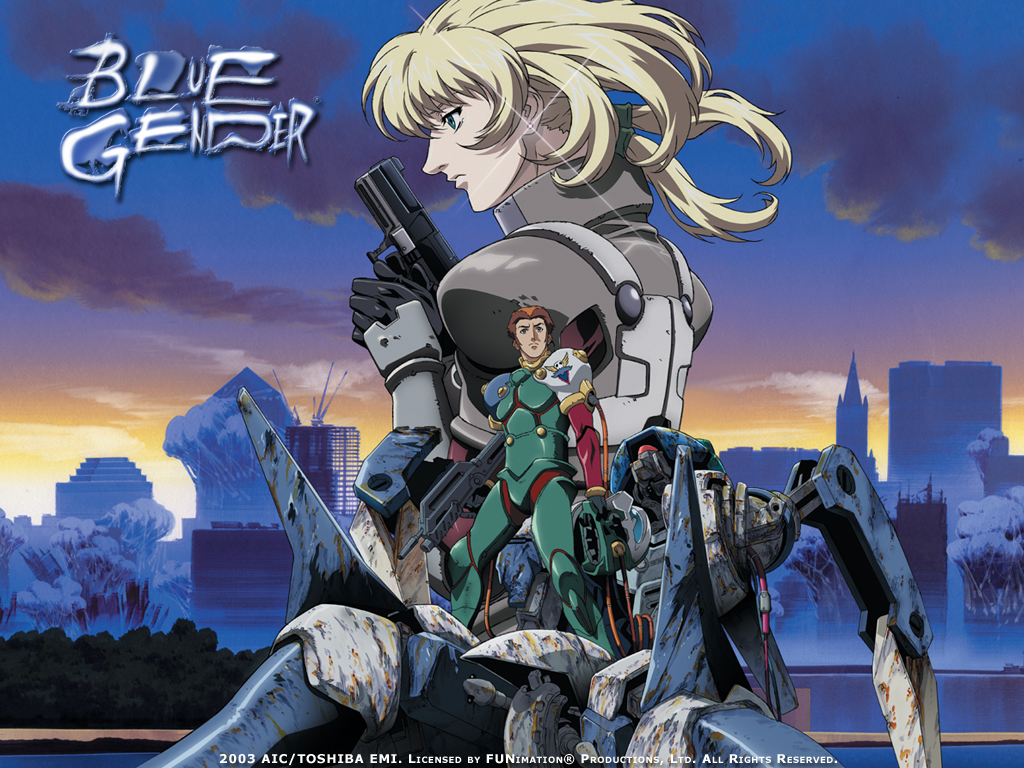
A classic premise of human versus monsters that push one’s limit to the max. But can our hero overcome that limit, or succumb to the unending fires of war.

An action-filled romcom that takes place in the vast space, Vandread is a story about a society divided. For some obscure reasons, men and women are forced to live separately on different colonies, destined to never come into contact with each other. Until the day Hibiki Tokai, our teenage hormone-filled male, decided to steal a Vanguard – a mecha used for the gender war. He then got caught in an attack by female pirates and was forced to journey with them when they all got thrown through a wormhole and had to look for a…
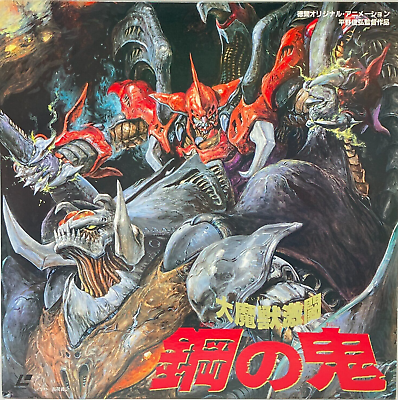
Daimajū Gekitō: Hagane no Oni (大魔獣激闘 ~鋼の鬼~, Fierce Battle of Colossal Beasts: Steel Devil) is a 1987 Japanese original video animation directed by Toshiki Hirano, with a screenplay by Shō Aikawa. Mechanical designs were handled by Kōichi Ōhata, and Masami Ōbari served as animation director. The story follows Takuya, who visits a research facility to reconnect with an old friend, uncovering their shared involvement in a mysterious experiment conducted three years earlier, in 1984.
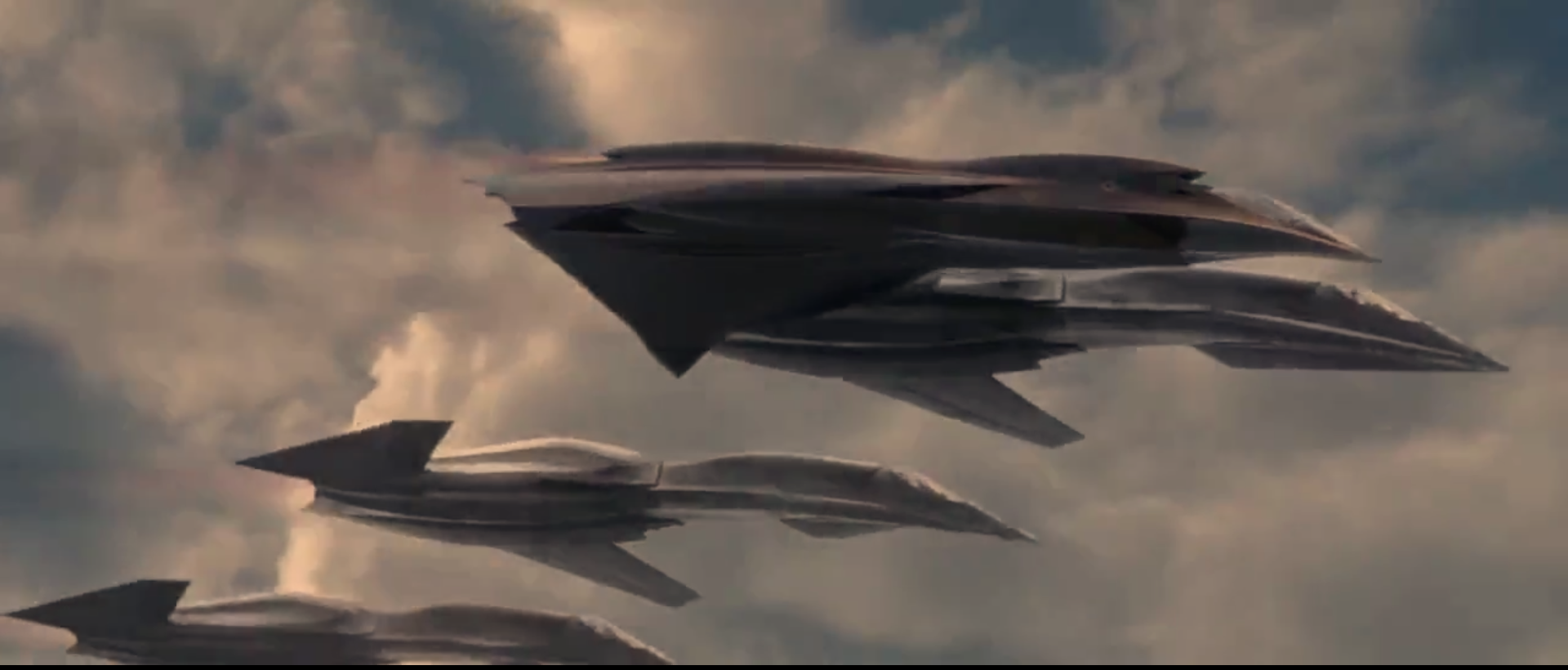
Let’s turn and burn! A movie about futuristic stealth fighter and AI-jet. Sounds familiar? This is Macross Plus live action with a sprinkle of Ace Combat and Yukikaze.
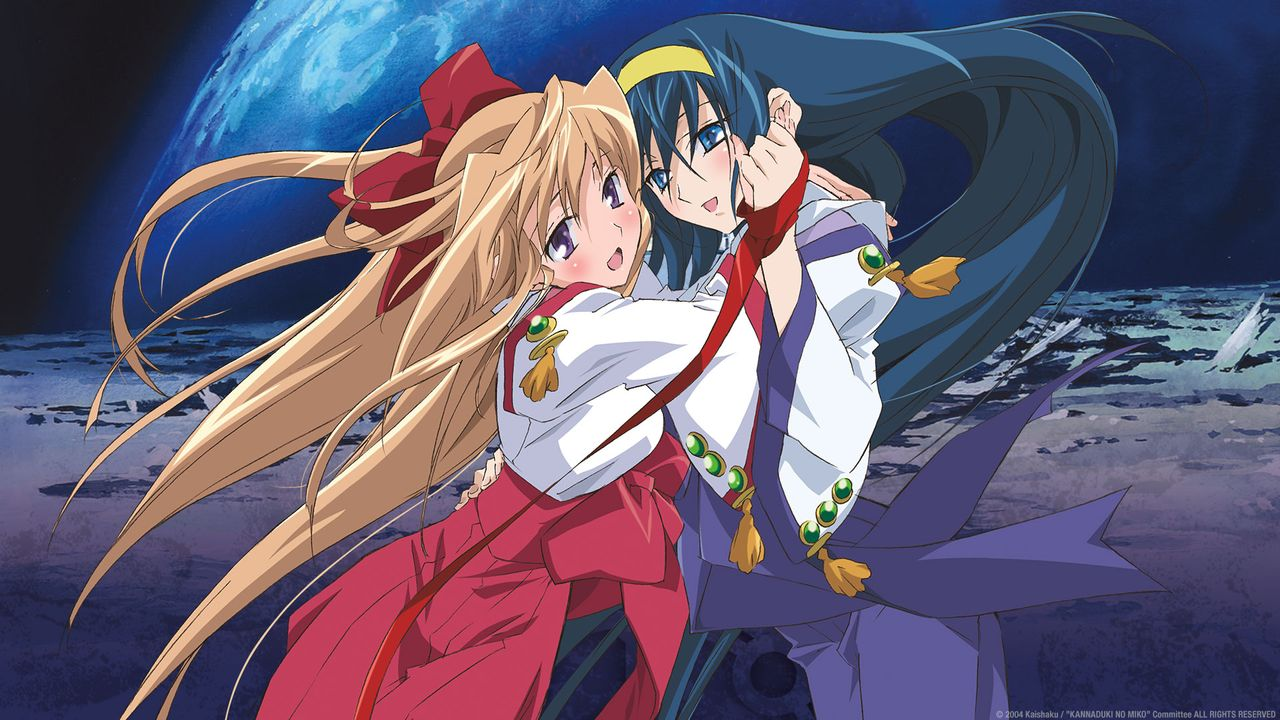
A combination between Japanese myths and mecha. An intricate relationship between 2 girls and one guy, with intense Super Robot combat in-between.

A chance to see the A.D Police from Bubblegum Crisis in honorable action. Two detectives take on cases of rampage Boomers, unraveling a sinister plot that can change the world.
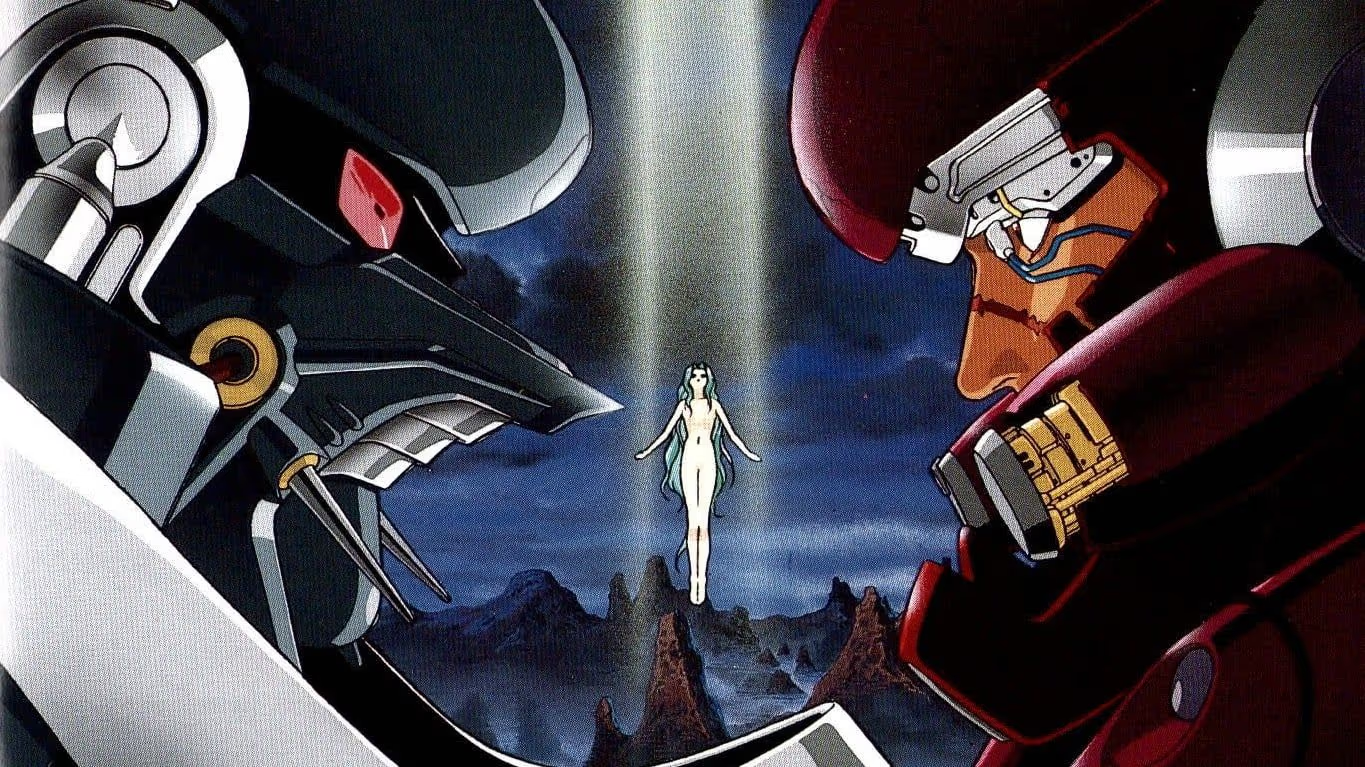
An apocalyptic tale of burning sand and monsters. A young man set out for vengeance, acquiring the usual hot chick and robot buddy on the way.
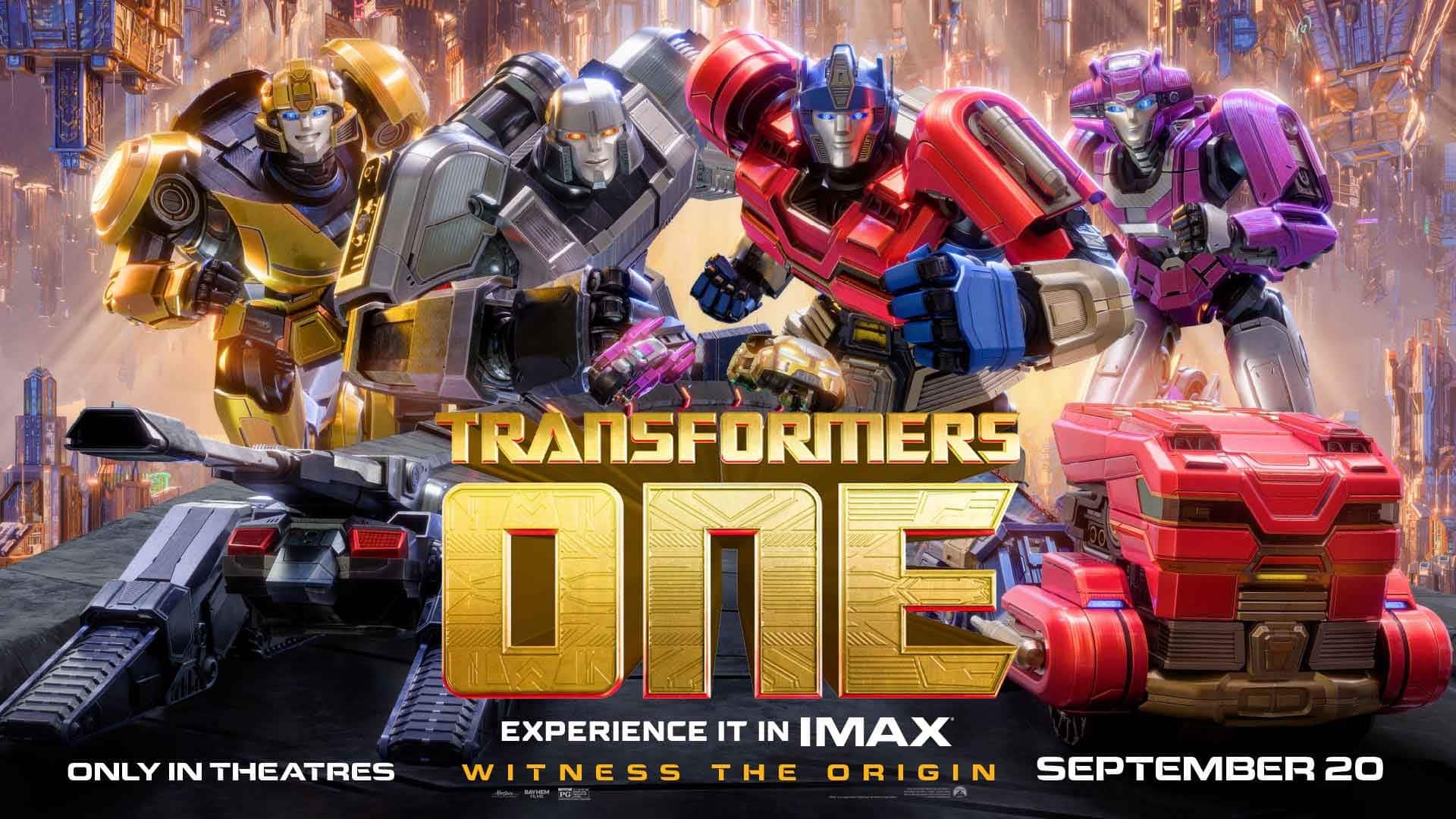
A refreshing tale about how the best of friends became sworn rivals. A vibrant, well animated movie where characters shine through their own merits, and bring a new wind to the franchise.
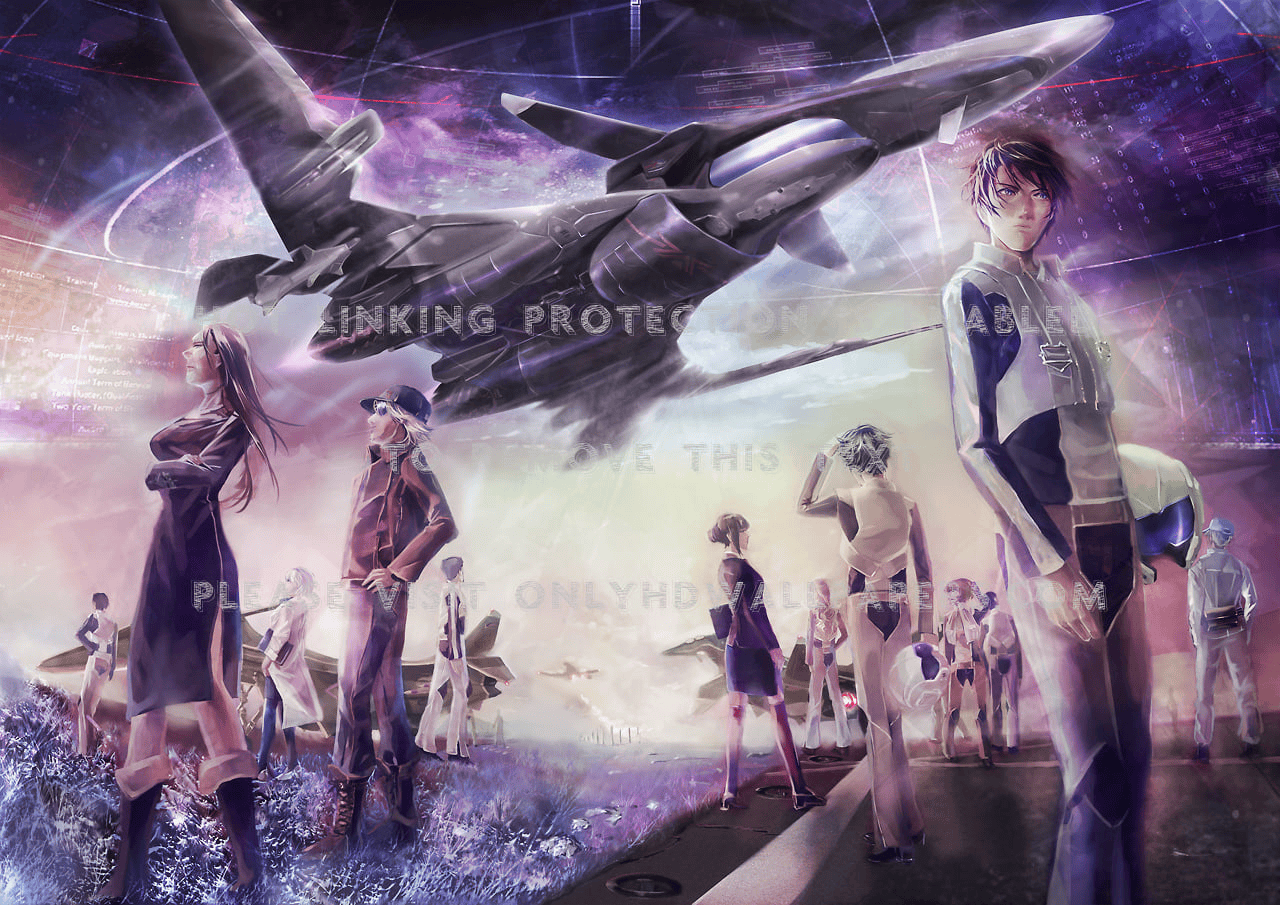
The fruit of collaboration with Japan Air Self-Defense Force, the air combat scenes of this anime is what set it apart
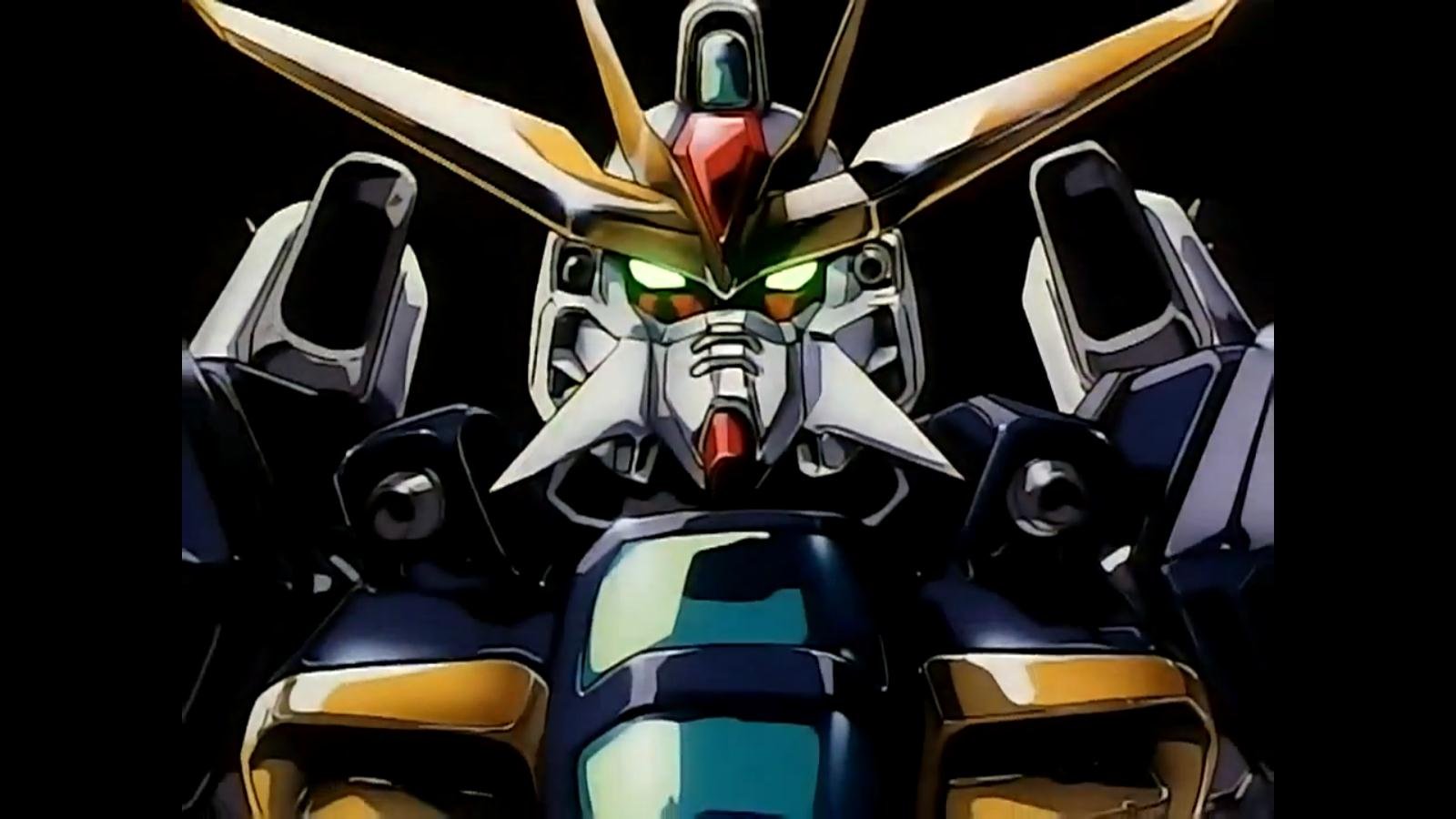
Despite often being overlooked by newer fans, After War Gundam X is a must watch for any Gundam lovers.

Passion makes satisfaction. A group of student show what they can accomplish with a mecha short film that leaves you desperately wanting more!

A seemingly impossible task of building Mazinger Z hangar in real life. A ragtag team of a planning company assembled the Fantasy Division to turn fiction into reality.

A light-hearted series that turned into intense space opera. The Girl Who Leapt Through Space leaps through many genre to deliver a unique experience and turn everyone’s expectation upside down.

A desolate planet now submerged in liquid. A totally unique and fresh mecha series where all the robots are underwater. Oh and there’s also a talking whale.

A love story that spans through 12000 years. The war between Angels and humans fueled by passionate emotions. Shoji Kawamori shows us why he’s the master of the sky.
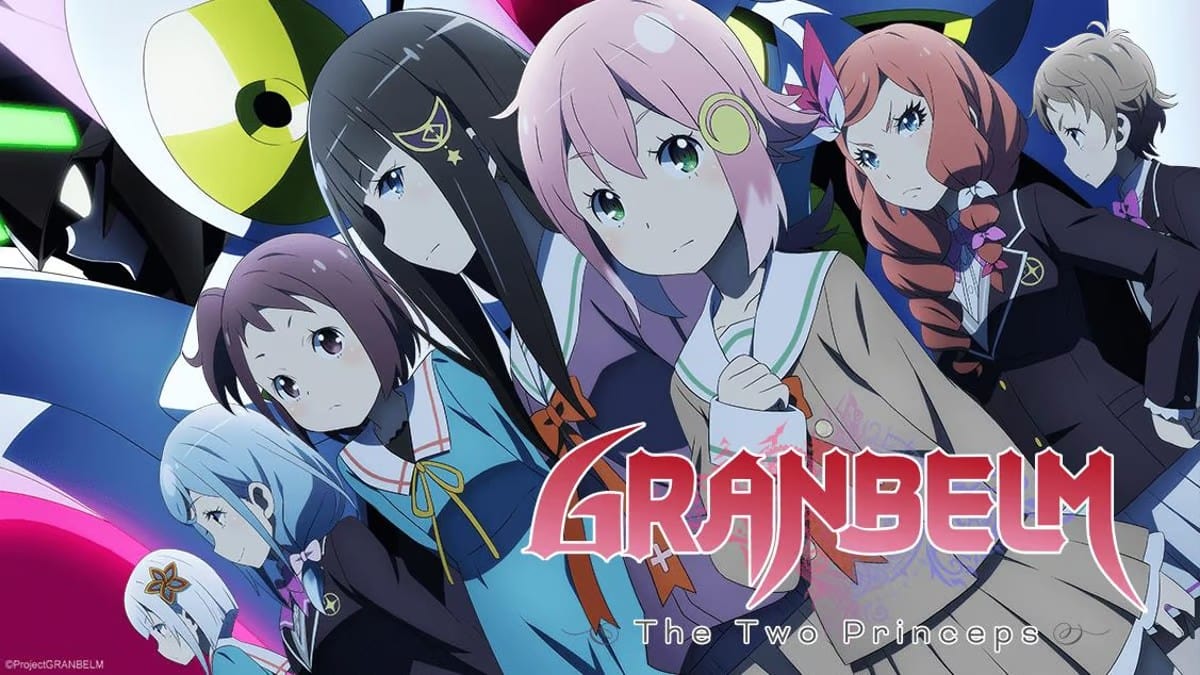
What happens if we mix Mahou Shoujo, Mecha and Battle Royale into one? We get Granbelm – an emotional story about the lives of young girls entangled in an ancient war.
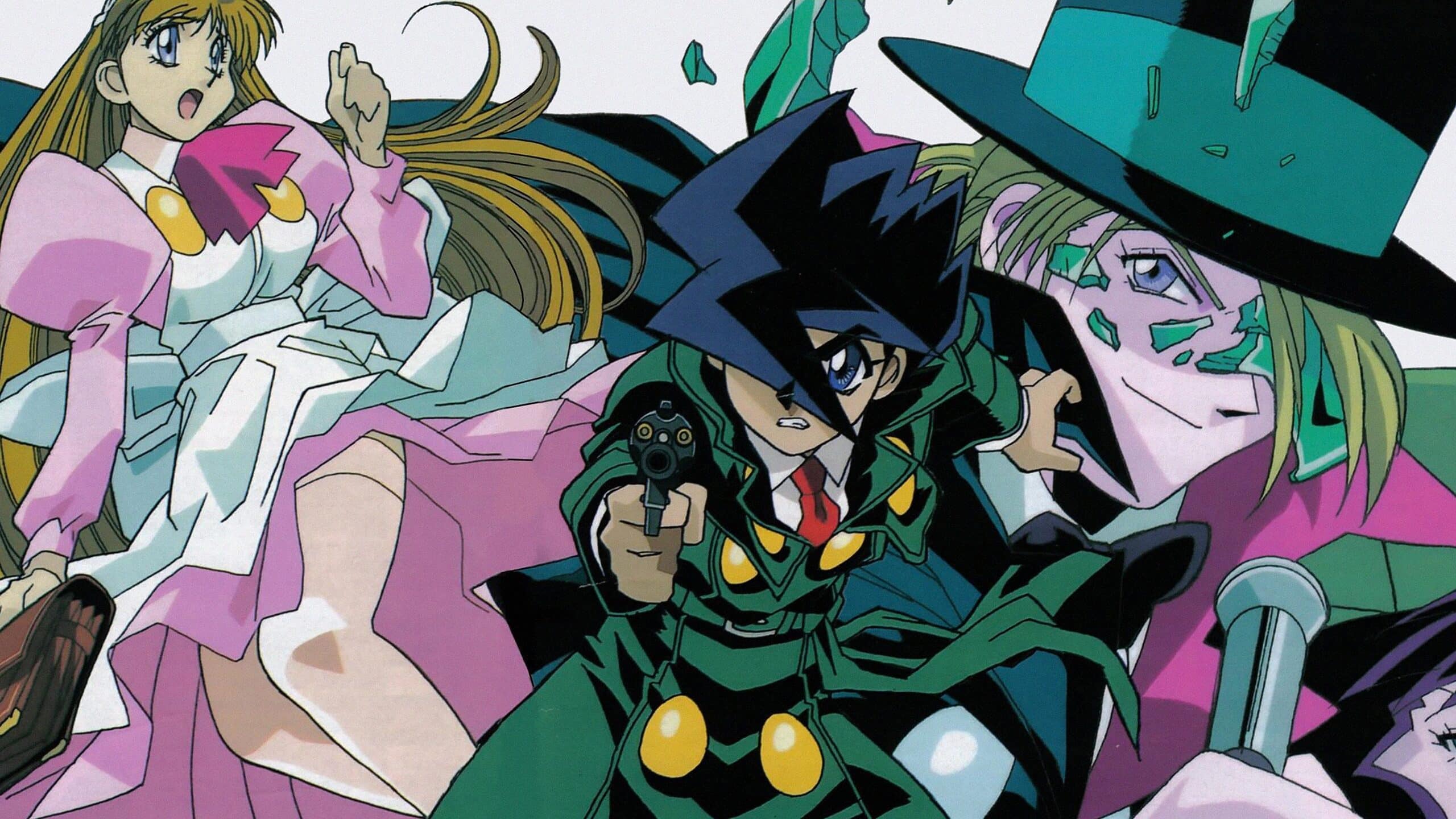
In the city of smoke and steam, a young kid works as a detective alongside his nurse and butler to protect the peace. An old classic for fans of the steampunk style.

The 2nd season of the lovely Mass-Produced Riko series. Join Riko and co as they embark on an all new venture, while drawing interesting lesson from building plastic models.

The long-awaited continuation of the mecha isekai of pain. Season 2 of Muv-Luv Alternative is definitely trying to woo you by slamming intense scenes at you – but is it worth it?

One of the most difficult to adapt Mecha series, Muv-Luv Alternative anime started off with a questionable season, but you should still check it out.

A remake of another Tatsunoko hero. The Space Knight returns with a completely new story, design and brings us on an emotional journey of a tragic hero.
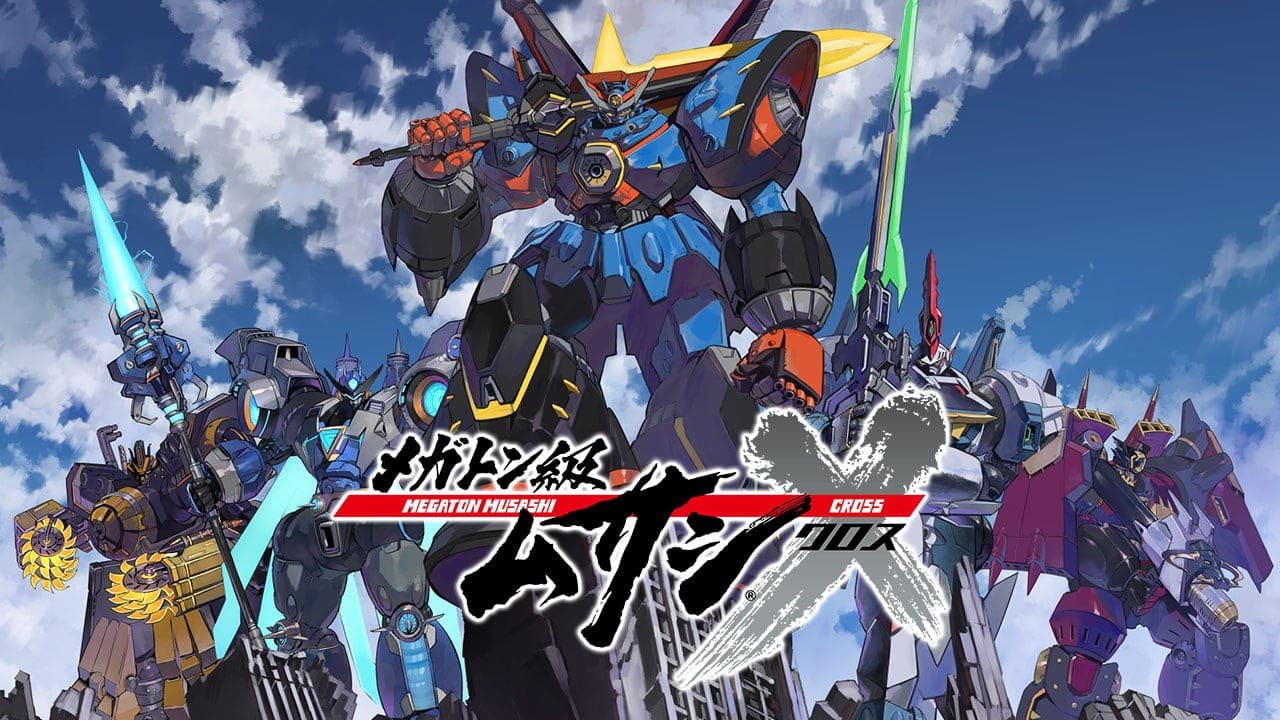
The continuation of the hot-blooded saga, this time filled with emotional drama and even more badass action. A great video game adaptation but not without flaws.
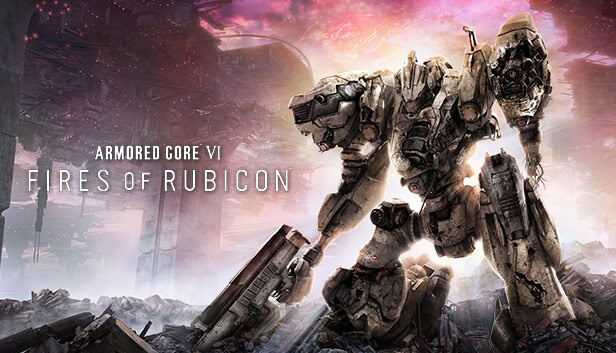
The long awaited legend’s return that satisfy all mecha fan’s longing for a good game. Armored Core 6: Fires of Rubicon is an experience you have to play to believe.
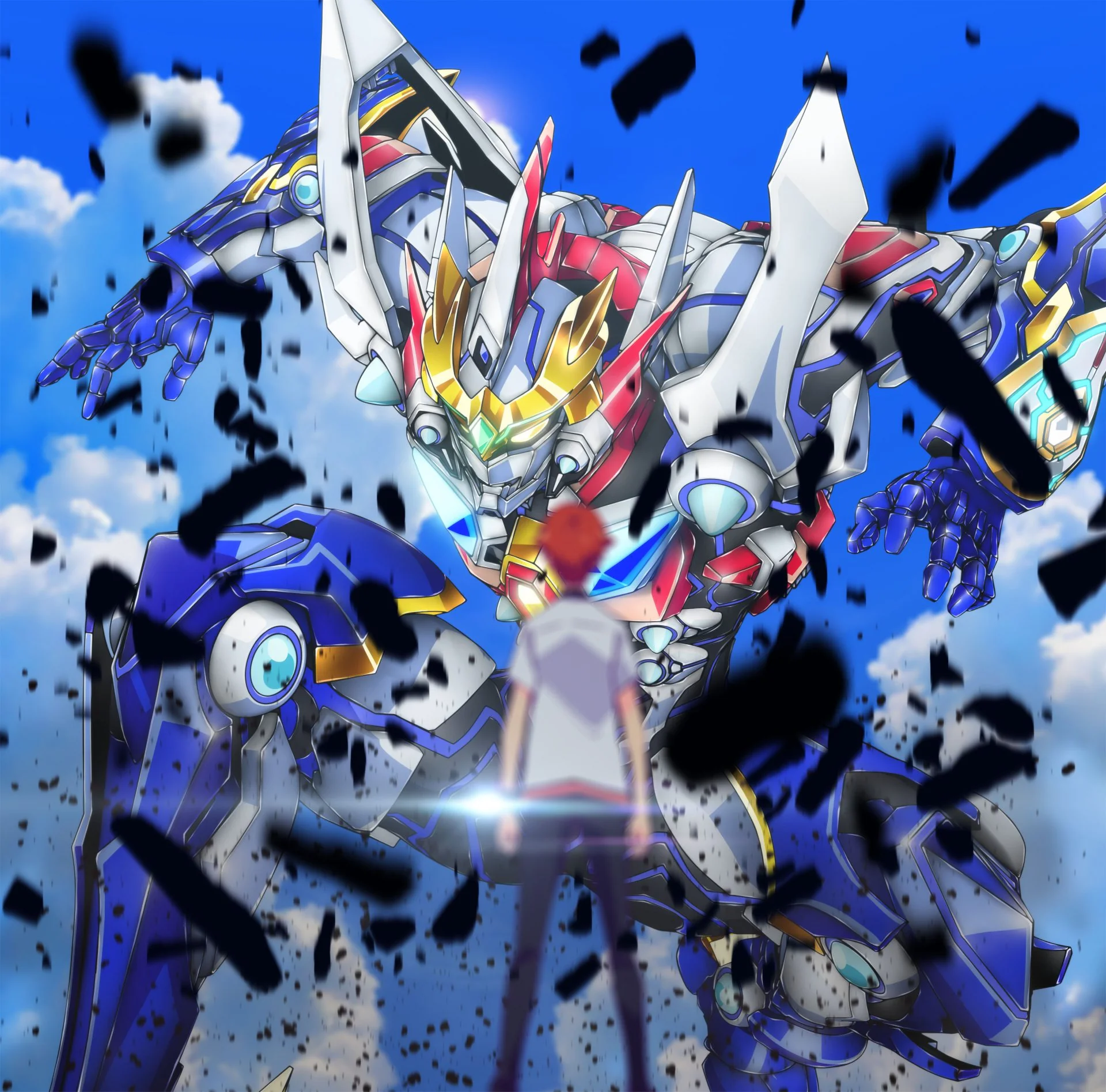
Universes collide as the cast of Gridman and Dynazenon is caught in a dimensional anomaly. But what’s more troubled is Yuuta – who has to become Gridman again with a troubled heart.
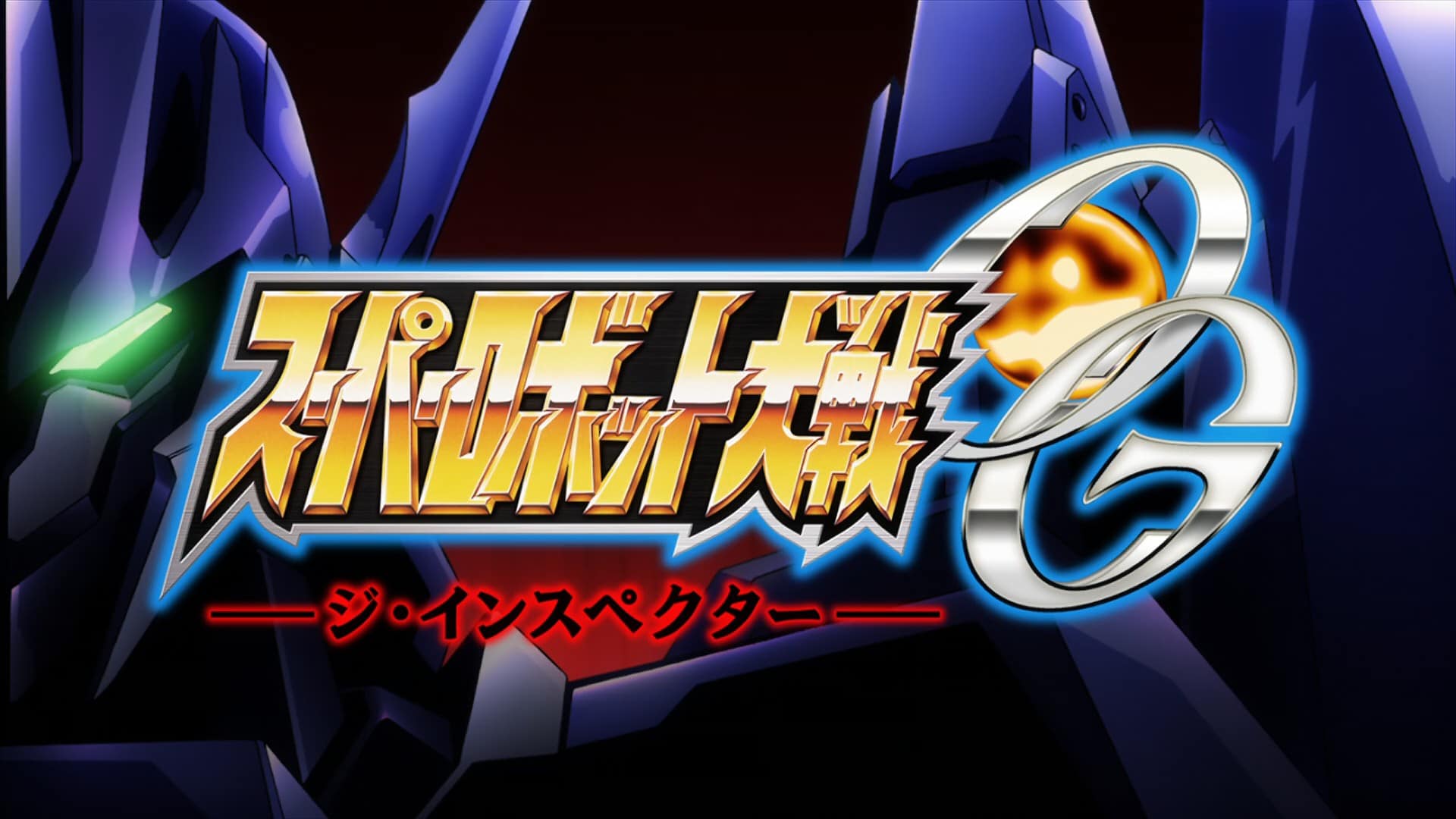
When you talk about the most badass mecha, you have to mention SRW OG and Masami Obari. And when these two combine, you get the best SRW anime of all time.
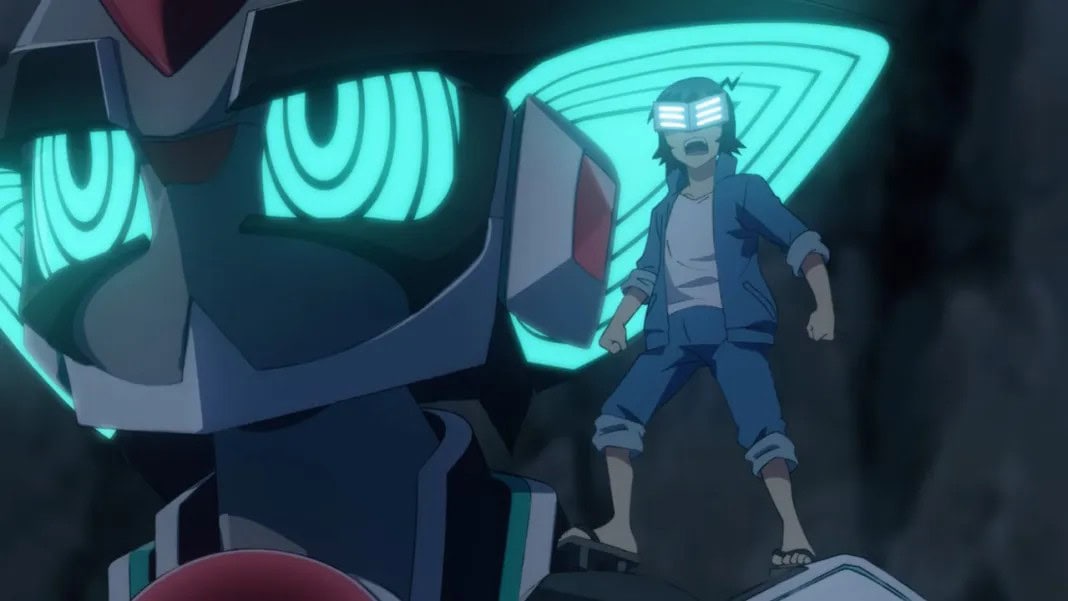
A unique series where the true pacifism versus justice. A bold premise and interesting gimmick make Planet With a very selective series in terms of audience – but it definitely deserves a chance.
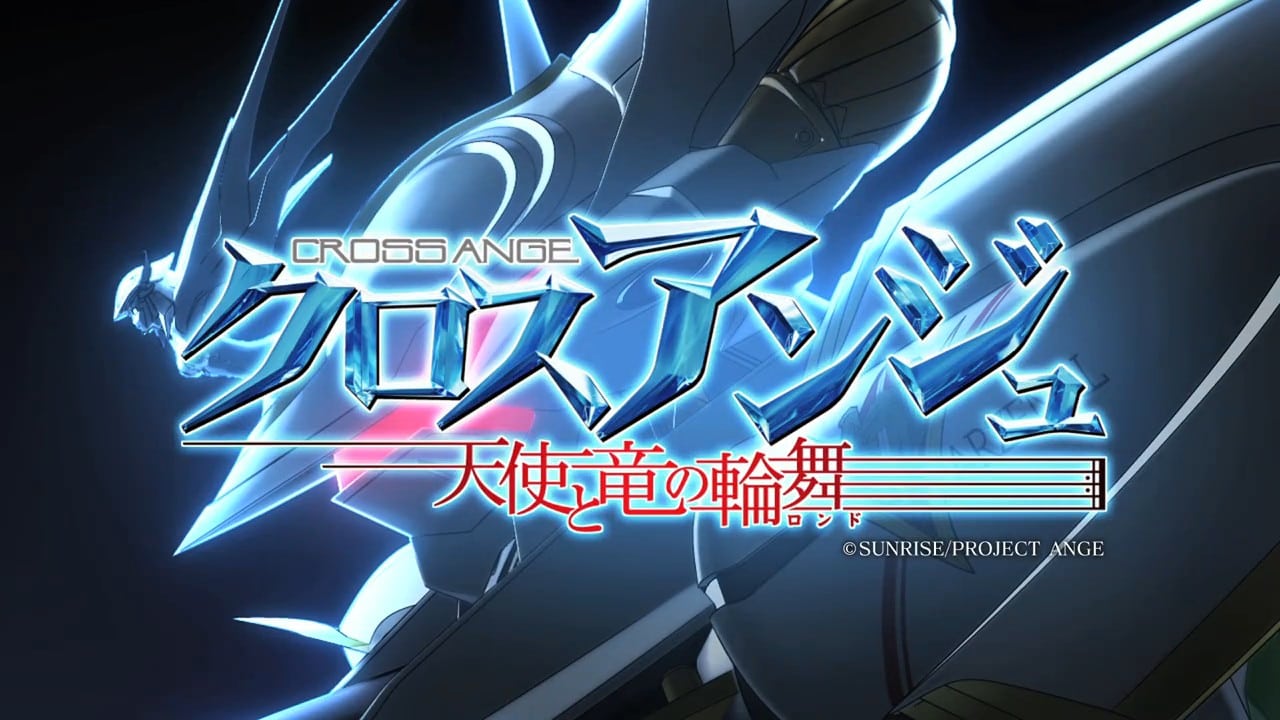
From the studio that created Buddy Complex and Valvrave, Cross Ange is another Sunrise’s original that challenges the limit of its audience once more .
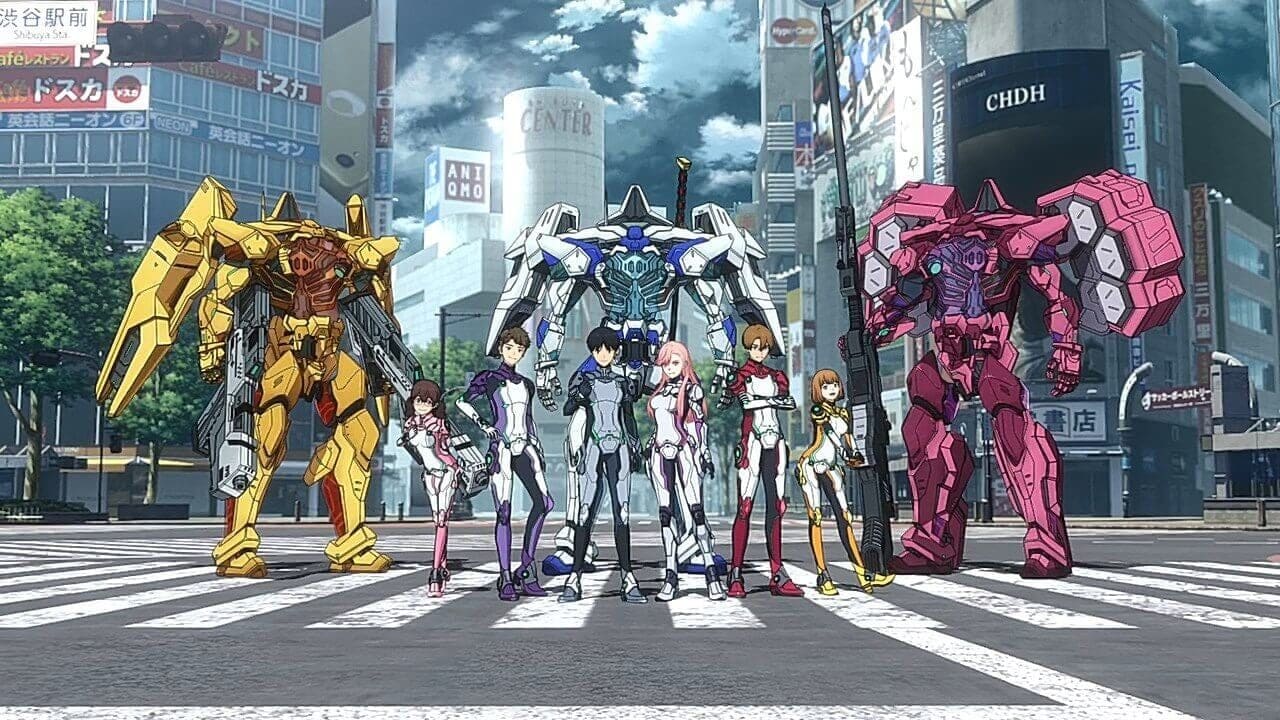
What will you do if you’re teleported to a time with giant grotesque monsters? For teenage student Daisuke Doujima, it’s a perfect chance for him to become a hero, and a saviour. But can he?
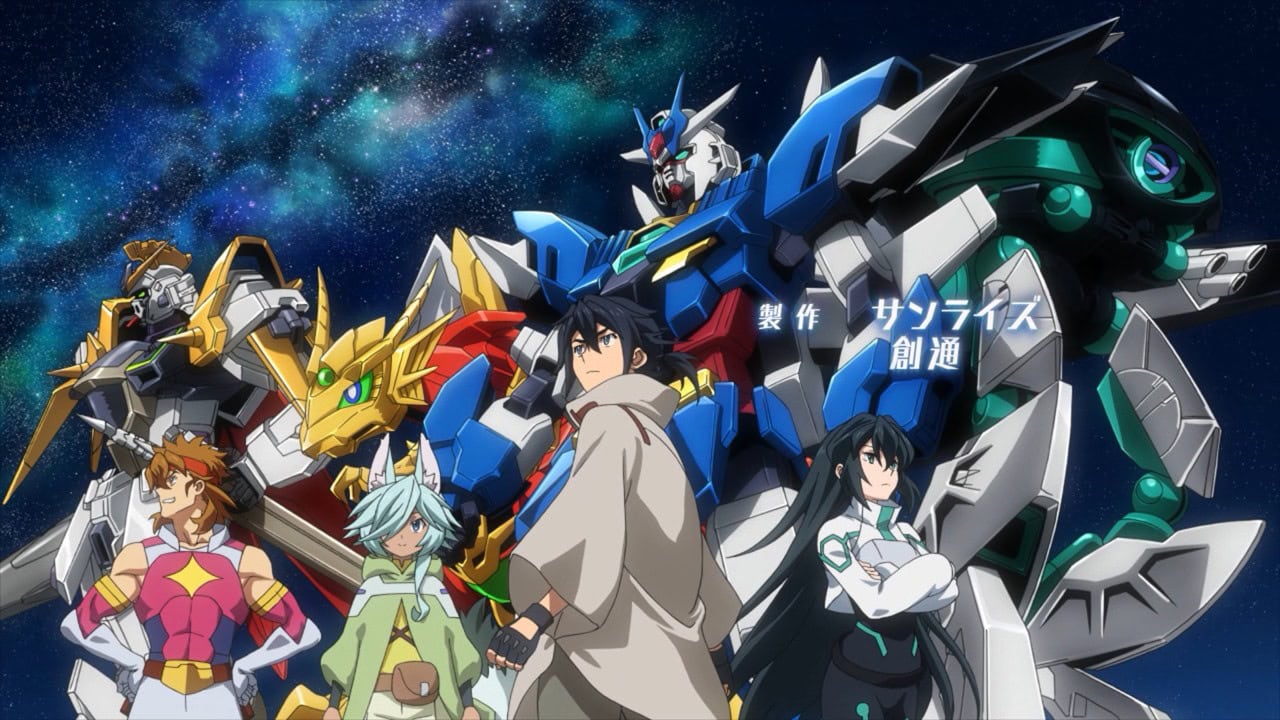
After 2 lukewarm series, Gundam Build rose to form again with Re:Rise. A story with deep characterization for a diverse and likeable cast and awesome Obari action.

Time to go digital! Build series is going full SAO and virtual with Build Divers – a light-hearted series and fun to enjoy without the need to complicate things.

Following GBF, Sunrise wanted to capture the magic with TRY. However, they fell just short of greatness but still create a series with amazing Gunpla battles.
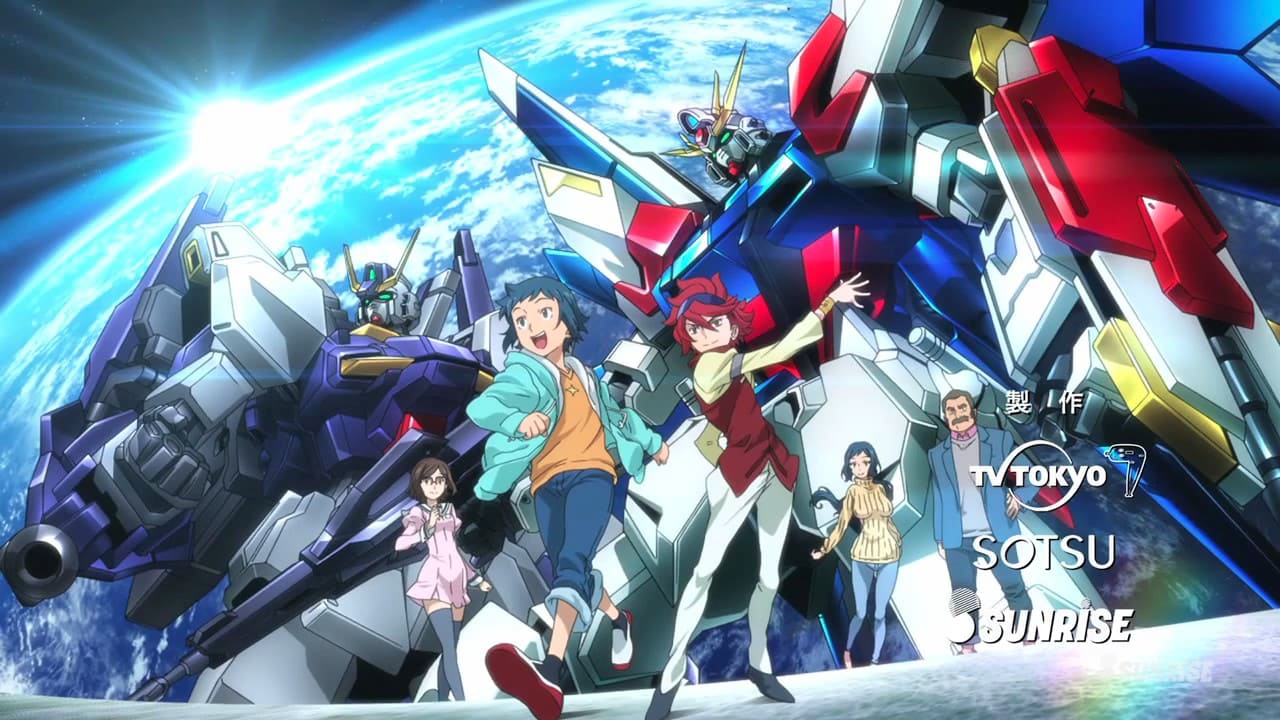
A hobby turned combat sport. Sunrise’s effort to attract new fans turned into a compelling series with gorgeous battles featuring iconic MS from the franchise.

The first animated Build series, Beginning G opened up new venues and excitement for the hobby, with light-hearted yet intense traditional MS battle.

Do you want a Gundam series with a brighter tone but still has banger battles? Then Metal Armor Dragonar is a perfect series for you!

A series about building regular model kit, and using them to find inspiration in life. A very uplifting and chill series for mecha fans to change their perspective on their hobby.

The sequel to SEED – a series that brought Gundam on top of the radar. Destiny is a sequel that earned both the intense love and hate within the fandoms.

An anime adaptation of a sci-fi novel with the same name, Yakitori really stir up the scene with its unusual storytelling and animation style. However, the characters really hold the series up.

A Fafner novel written by Tow Ubutaka – the person who understand Fafner the most. Explore Kazuki’s POV and his relationship in a way you’ve never seen before.
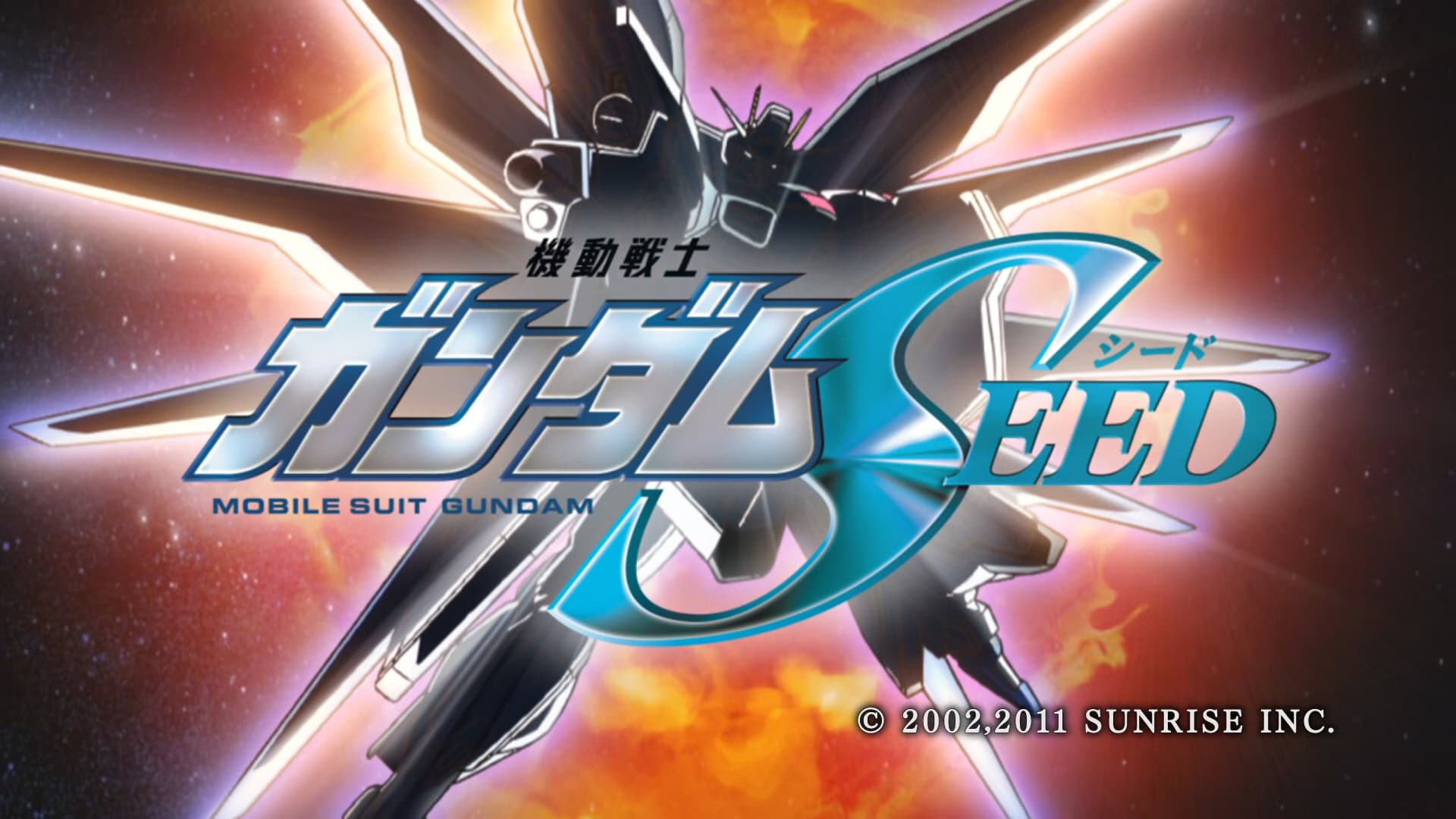
A new Gundam for a new era. Gundam Seed is one of the most popular modern Gundam series that has fans all around the world. And it also received much love from Sunrise as well.

A love letter to commemorate the pioneer of the Mecha genre, Mazinger Z Infinity remind us of the conviction and justice that the Iron Castle had, is, and will stand for.
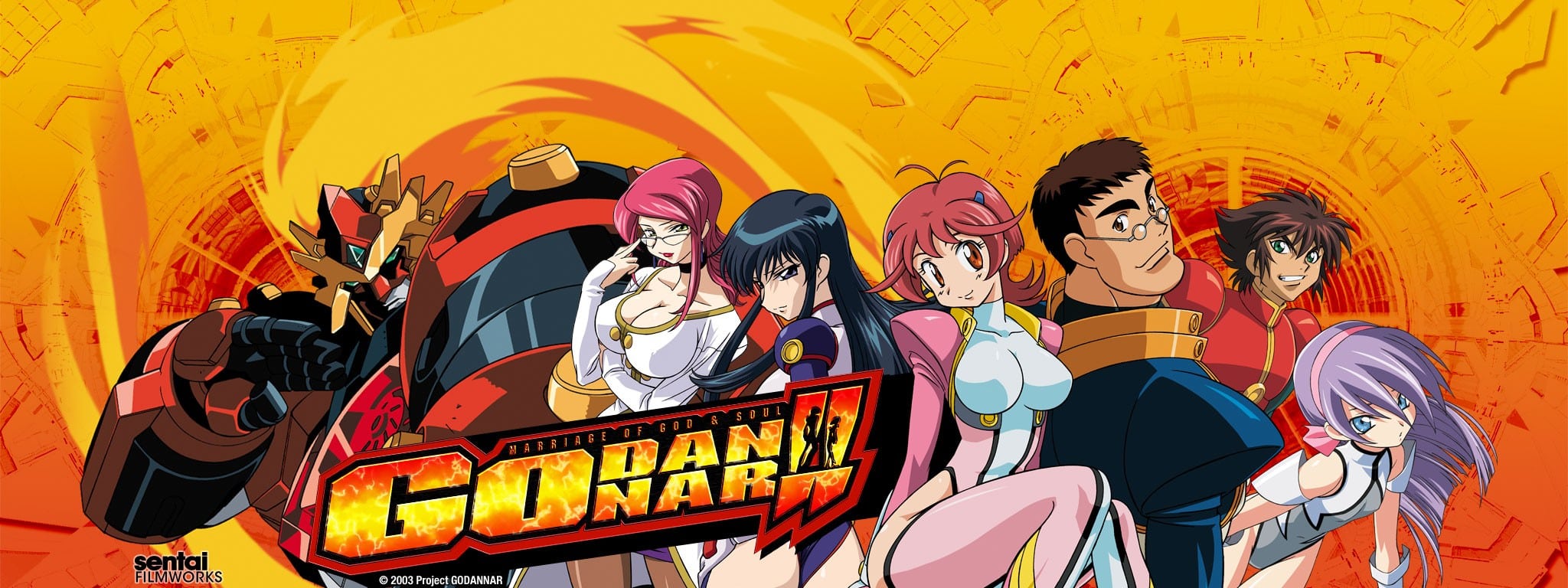
A badass and action-packed super robot series with an age-gap marriage between the two main characters. A hearth-throbbing and passionate tale about love and perseverance.

A new story of the boy who awoken a machine. Casshern Sins follow a conflicting young man in a world where life seems meaningless, yet everyone yearn for it anyway.
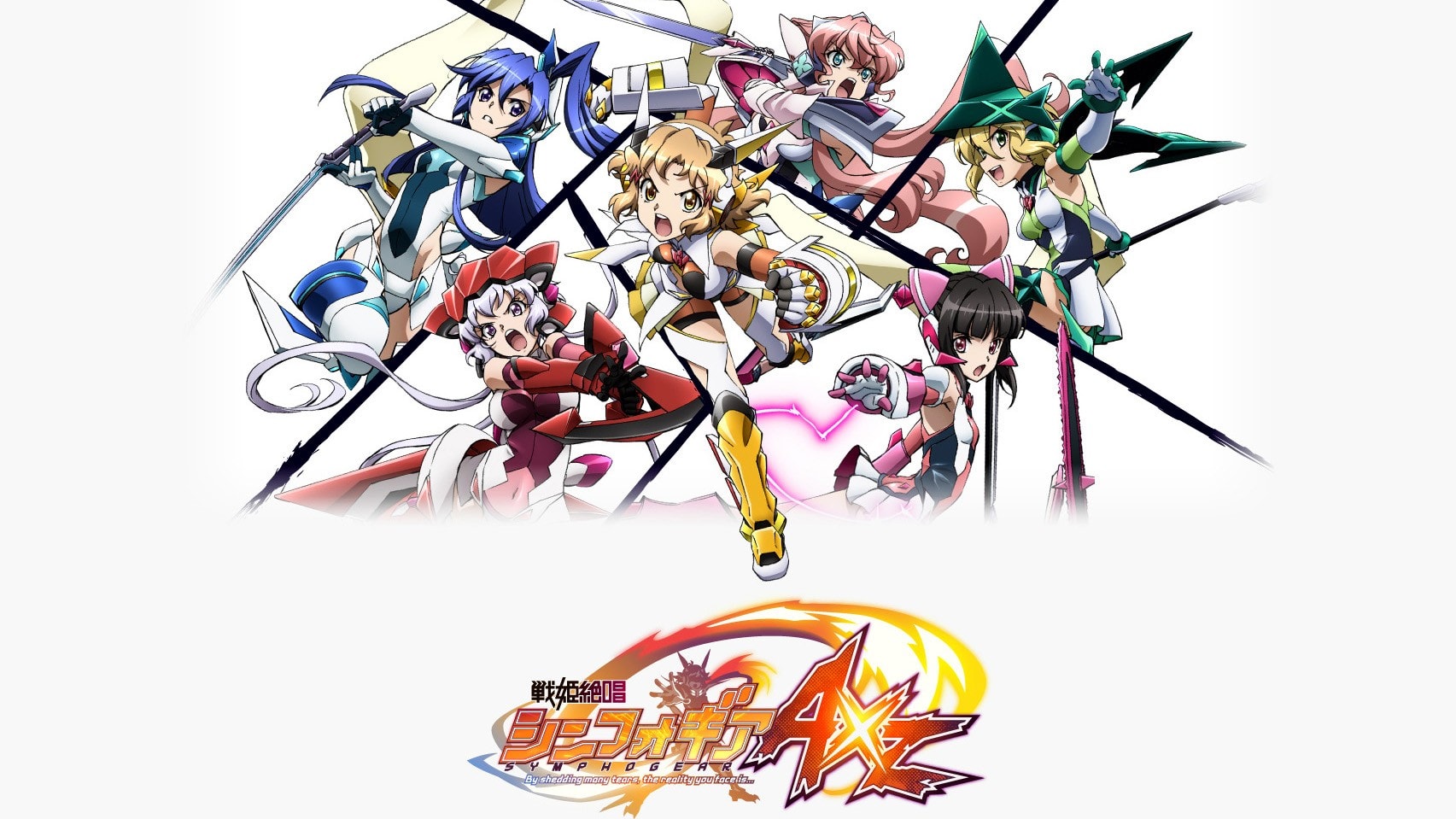
Just when things have calmed down, the Gear Users once again face an apocalyptic threat from a mysterious high order. This put Hibiki and her friends at risk once more.

New threats emerged to threaten the world. But new allies also appear to bring the Gear’s songs to a new level. A new battle await the girls!

Mahou Shoujo x Tokusatsu combined with plenty of mecha references, Symphogear bring us an audio and visual experience that is just the beginning. of a great franchise.
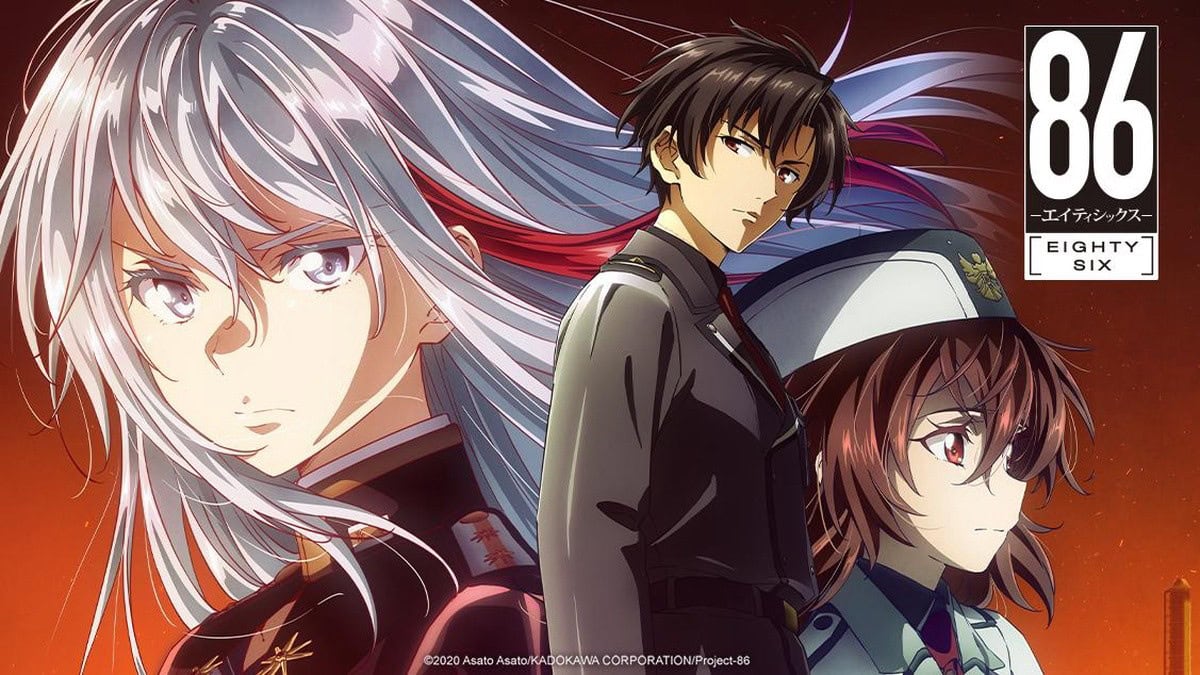
A new nation, a new story, a new battlefield. The reborn Eighty Six must choose between a life of peace or death. Will the Reaper be able to move on?
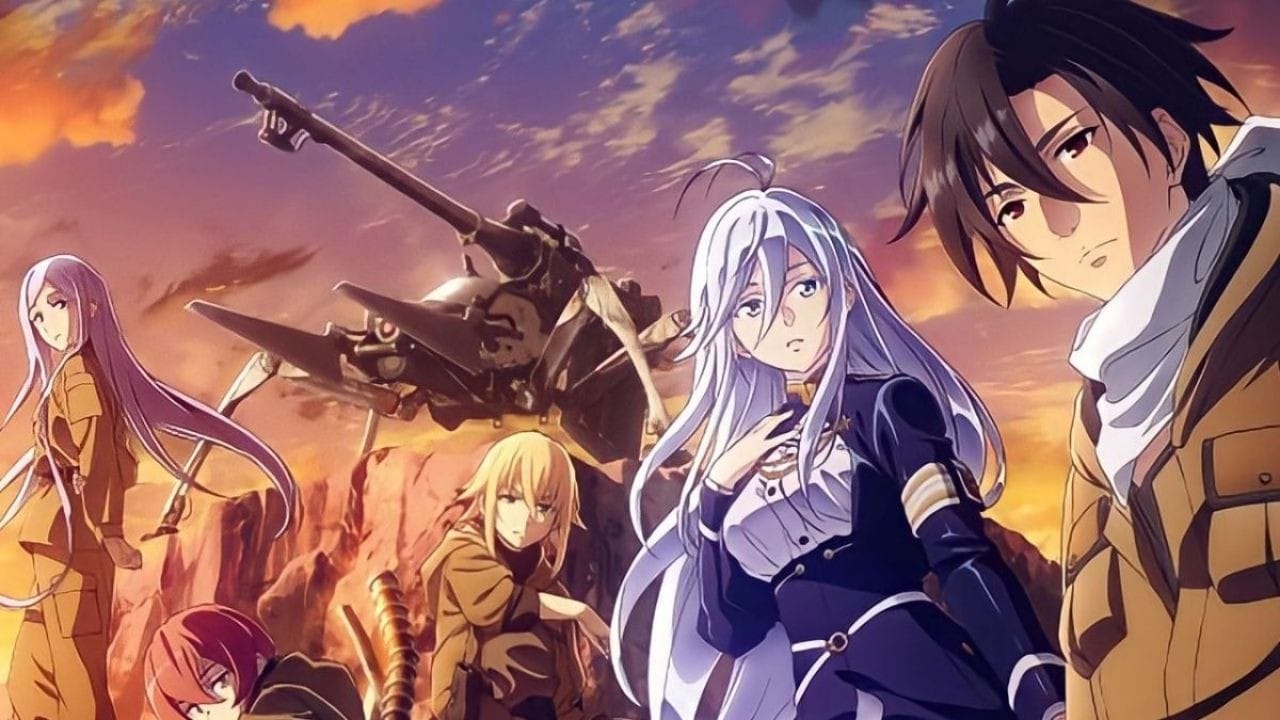
The depressing, gripping yet hopeful world of Eighty Six brought to life with A-1’s adaptation. The vision of Asato receives a depiction so emotional like no others.

A fun dogfight experience with some mecha combat thrown into the mix, Strike Suit Zero scratches some of that Macross action game that PC gamer has been wanting.

With his life completely smashed apart and turned upside down, teenage boy Ayato had to navigate a new world while being the key to control the winged giant RahXephon.
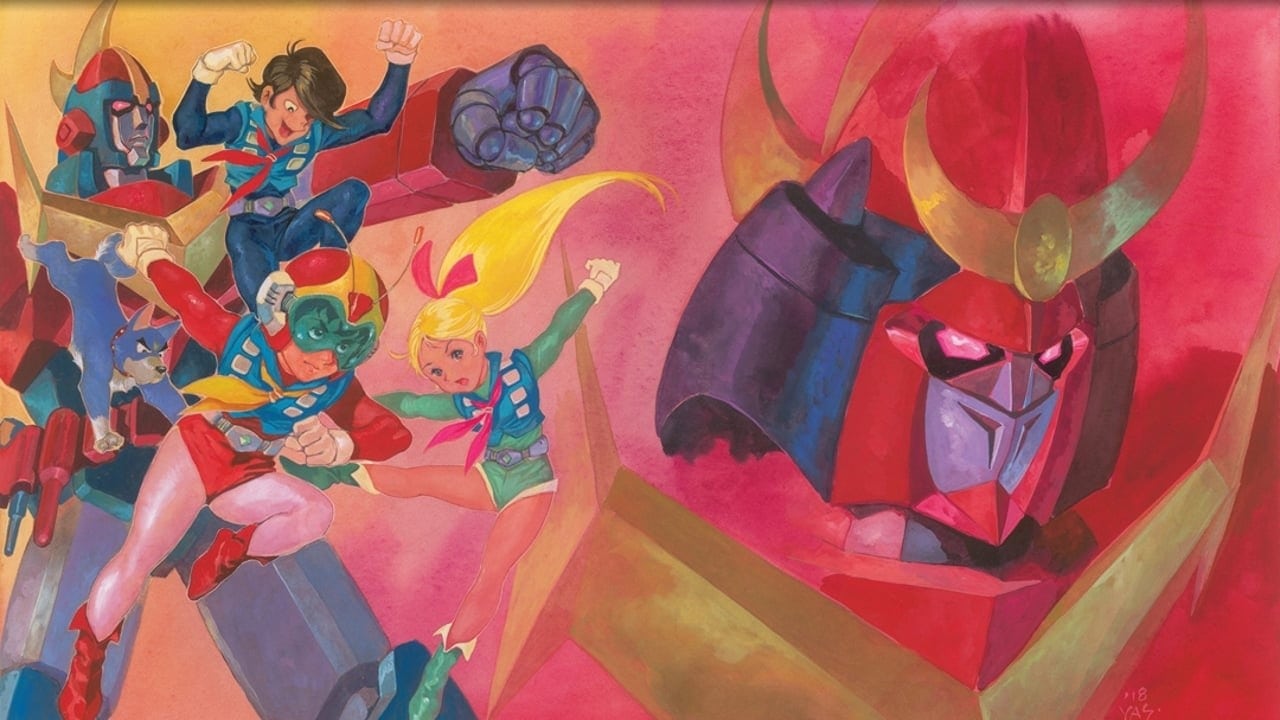
Not just your usual 70s Super Robot, Zambot 3 is more than just a battle between good and evil, but also about endurance, perseverance and the unyielding heart to do what’s right.
